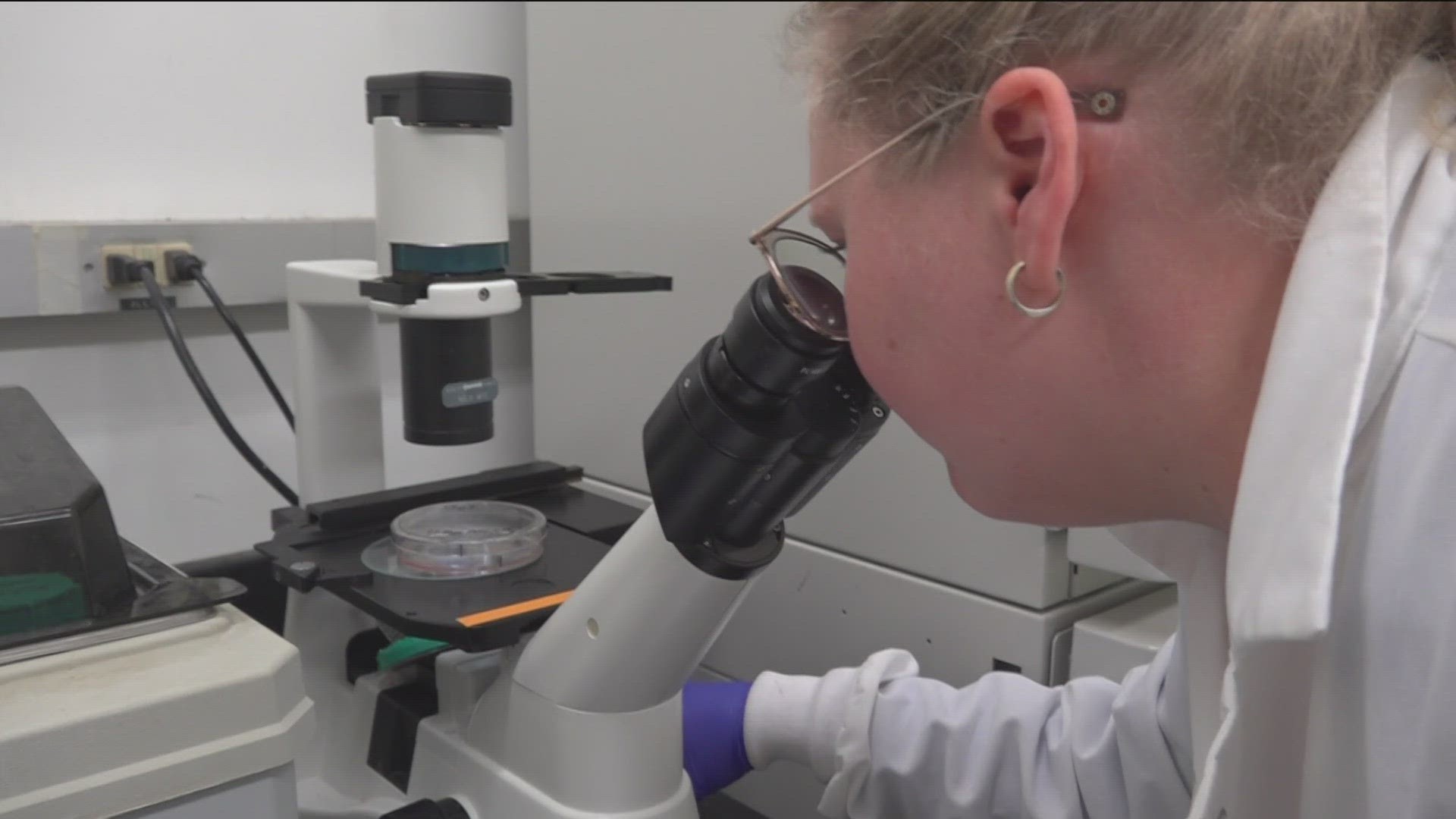SAN DIEGO — The CDC reports the number of adults in America who are diagnosed with diabetes has more than doubled in the last two decades. Doctors say obesity is a contributing factor.
Scientists at the UC San Diego Stein Clinical Research have resurrected an old drug used to treat type 2 diabetes without the unwanted side effects.
A breakthrough in treating insulin-resistant disorders such as type 2 diabetes has been discovered inside the Olefsky lab at UC San Diego.
“This is the first one to really come up that has some really cachet to it. It’s in its early days, its preclinical studies when gets into humans,” said Jerrold Olefsky, M.D., Professor of Medicine at UC San Diego.
The assistant vice chancellor for integrative research at UC San Diego Health Sciences says to understand insulin sensitizers, let’s take you back to the 1990s and early 2000s when thiazolidinediones or TZDs were used to treat diabetes, liver disorders and the infertility disorder known as PCOS.
“They cause weight gain, that’s not what you want. And they cause fluid retention and edema. You don’t want that either. So because of these side effects, they have gone quite a bit out of favor,” said Olefsky.
The FDA took many TZDs off the market and drugs like Metformin replaced medicines to treat diabetes, but Olefsky and his team didn’t forget about the older drugs.
“If you go back to when they were discovered, we never really understood how they work,” said Olefsky.
This was important to look at, the CDC reports that 40 percent of adult Americans are obese and most of them are diabetic.
Using a complicated scientific method Olefsky and his team of researchers were able to isolate the positive and negative effects from a popular TZD drug.
“The exosomes don’t have those side effects. So they don’t cause body weight gain, and they don’t cause fluid retention. And those are the two main reasons why the other drugs are not being used. So we can avoid at least those side effects and still retain all the beneficial effects the metabolic beneficial effects,” said Olefsky.
Their study was recently published in Nature Metabolism. Although their work is years away from approval, Olefsky hopes this type of micro RNA therapy that’s being used in cancer research can also provide a therapeutic path to treat diabetes.
“The ultimate goal is if you could produce something that leads to a drug that treats humans, okay. You’ve done it, you’ve done it,’ said Olefksy.
To learn more about diabetes and treatments visit the CDC website.
WATCH RELATED: UC San Diego School of Medicine uses AI to predict which drugs to use to treat cancer patients

